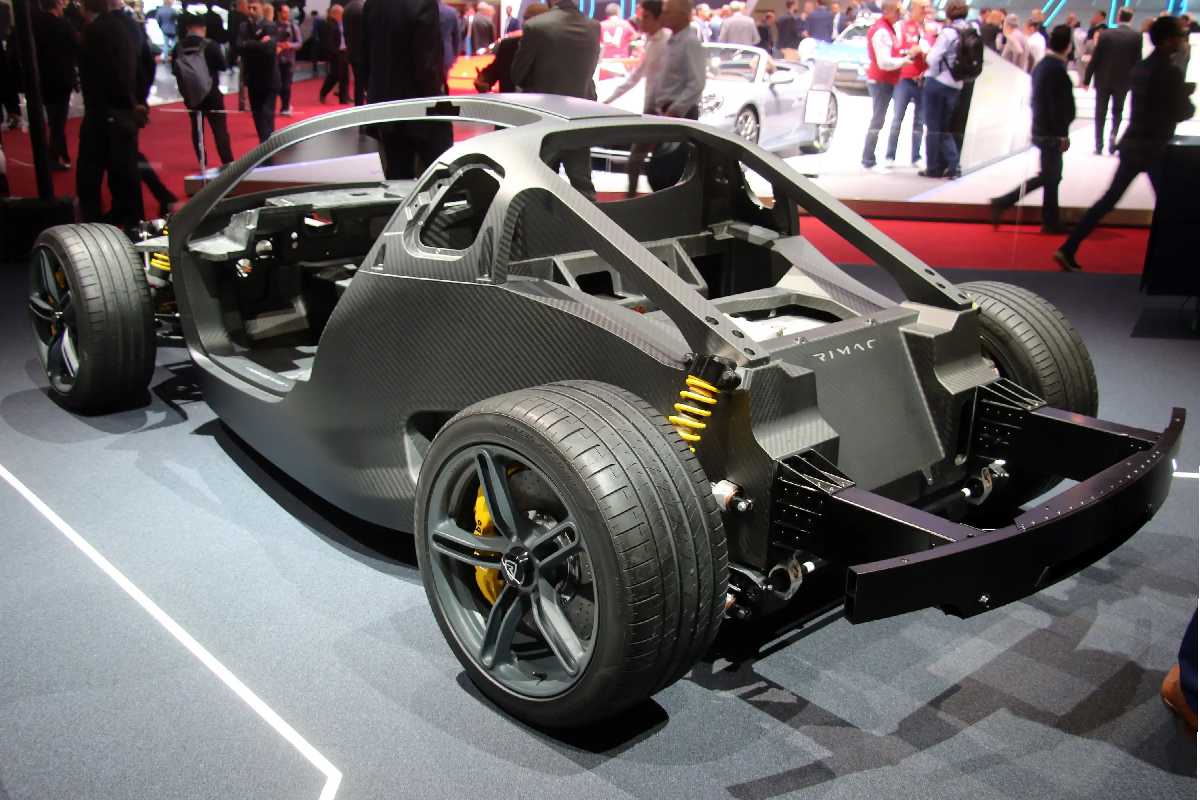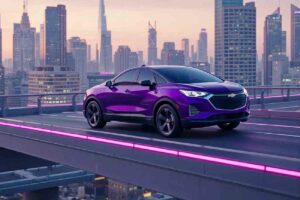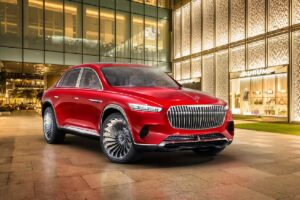
Porsche is Working on a New Quad-Motor Electric Drivetrain
Porsche is working on a New Quad-Motor Electric Drivetrain: Porsche Engineering is developing an onboard torque management system for a future four-motor all-wheel-drive electric SUV powertrain that would ensure the utmost stability and safety under all driving conditions.
What are the benefits of a four-motor powertrain?
Instead of depending on analog mechanical differentials and ineffective hydraulic brake systems that don’t react as quickly or precisely, each motor may be controlled separately and instantly.
Solid-state digital control improves performance and handling in dry weather, while providing stability and safety in wet conditions.
It is currently available as the highest-performance, fastest, most flexible, and most energy-efficient torque-vectoring system.
Over gasoline or diesel engines, an electric all-wheel-drive vehicle with several motors provides the following key advantages: All four wheels, including the front and back axles, have their electric motors, allowing for a highly flexible distribution of the driving force.
Ulf Hintze of Porsche Engineering adds, “It’s almost like you had a separate gas pedal for each axle or wheel.”
In a perhaps connected event, Porsche recently raised their ownership position in Rimac from 10% to 15.5% after investing that amount in the company in 2018.
For its Concept One hypercar, Rimac created a quad motor all-wheel-drive torque vector system.
The original plan was for the e-Tron SUV concept from sibling manufacturer Audi to be propelled by three electric motors.
Unfortunately, the dual motor rear axle was not included in the final product.
Entirely electronic torque control
- Over gasoline or diesel engines, an electric all-wheel-drive vehicle with several motors provides the following key advantages: All four wheels, including the front and back axles, have their electric motors, allowing for a highly flexible distribution of the driving force.
- Ulf Hintze of Porsche Engineering notes that it’s almost as if each axle or wheel had its gas pedal.
- A central differential in a conventional all-wheel-drive car distributes the power from its single engine to the axles.
- The torque ratio is often fixed, for example, at one-third up front and two-thirds at the back.
- Theoretically, the ratio can be altered, but doing so requires additional mechanical apparatus (a multi-plate friction clutch), which operates slowly.
- In contrast, the torque in an electric car is entirely controlled electronically, which operates much more quickly than mechanical clutches. Intelligent software distributes the forces so that the car always acts neutrally every millisecond.
The observer module Should keep watch
- All decisions regarding interventions are made with the driving state observer, sometimes known as the “observer” by engineers.
Factors: - The steering wheel’s force, the driver’s acceleration rate, and the vehicle’s rotation along its vertical axis are all continuously monitored by this software module.
- A yaw sensor provides the information. This actual status is contrasted with a dynamic vehicle model that simulates the intended state under ideal circumstances.
- The software takes action whenever the observer notices deviations, such as those brought on by an oversteer or understeer. Individual wheels are selectively braked until the direction is back online if the car is not going into a corner as rapidly as predicted from the steering wheel position and speed.


